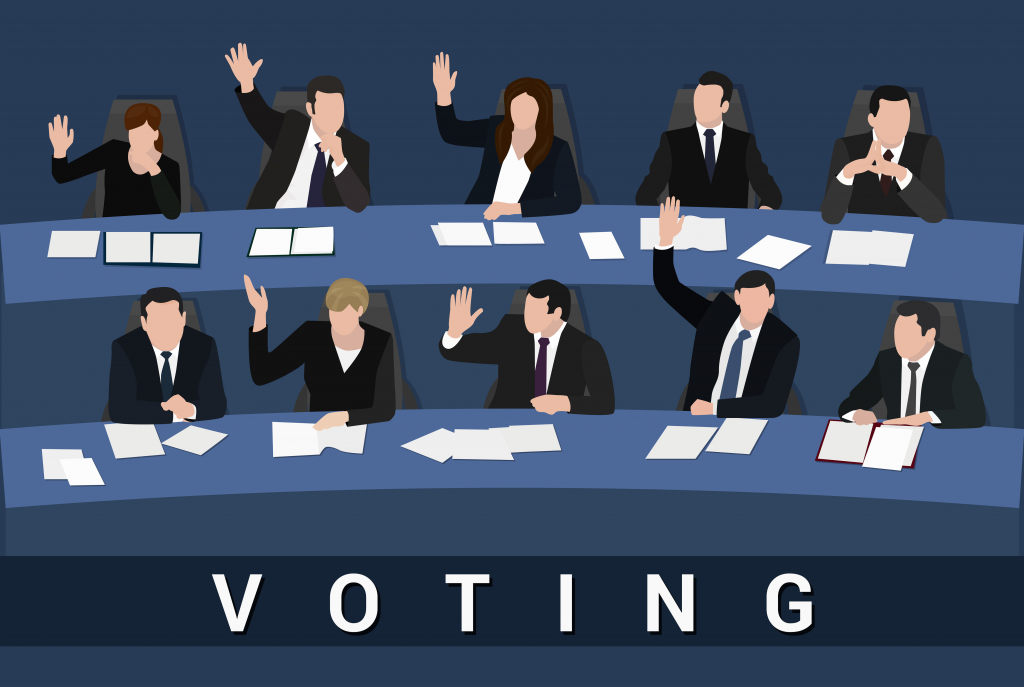
Piercing the Corporate Veil of a Nonprofit in Arizona
You may have heard of piercing the corporate veil in the context of for-profit corporations but are you aware that nonprofit corporations can also have

You may have heard of piercing the corporate veil in the context of for-profit corporations but are you aware that nonprofit corporations can also have
Boards are entitled to delegate tasks to committees, officers, staff, or in certain cases, professionals, but only if they perform sufficient oversight. Oversight is commonly exercised through policies and procedures so long as the board ensures that the policies and procedures are actually followed. Common oversight mechanisms include review of financial statements and the annual Form 990 as well as the implementation of various governance policies.

It is important to take a thoughtful approach when drafting or revising bylaws. Boards and board committees sometimes spend months or even years trying to draft the perfect set of bylaws . Too often, they look to bylaws of other nonprofit organizations or samples gleaned from the Internet with no regard to whether the bylaws match the structure and style of the organization or comply with state and federal law. Unfortunately, this approach usually leads to confusion, delay, and conflict on the board. The better practice is to work with a knowledgeable attorney from the beginning, starting with a compliant template, and tailoring it to the needs of your organization.

Let’s be clear about one thing. No one owns a nonprofit corporation.[1]
While there is no outright ownership, there is control. One of the fundamental questions I ask when forming a new nonprofit corporation is how board members will be selected. This is a key question because those who hold the power to select board members retain the ultimate authority over the corporation.
The possibilities are limited by the nonprofit corporation statute in the state where the corporation is domiciled.

We have blogged about the phenomenon of nonprofit hostile takeovers and the fact that no one owns a nonprofit. However, there is always control. Although nonprofits generally lack shares that can be owned and transferred, there are many ways to ensure a level of control or influence over a nonprofit entity. Those seeking to control a nonprofit or balance governance rights among different stakeholders need to understand the available options.
When forming a new nonprofit corporation, one important consideration for incorporators is whether or not term limits should be imposed on members. Additionally, incorporators need to consider whether or not terms should be successive or staggered. There are many pros and cons for both sides of these arguments. However, in our experience, there are more advantages to term limits in the vast majority of cases. Also, we tend to favor staggered terms.

Occasionally, urgent board action is required yet it is not possible or practical to have the board meet in person or even over the telephone. In these cases, most states permit the board members to conduct official business by signing a unanimous written consent.
A consent agenda is a practice of bundling routine matters into one board vote to free up a nonprofit board’s meeting time to focus on

Many nonprofits, especially older nonprofits, have voting members that retain the power to elect board members. For some groups – like golf clubs and trade associations

In the majority of nonprofit organizations, Board members are unpaid volunteers. They are often selected to serve because of their professional skills and prominence in
Most states require you to register your organization if you solicit donations from their residents. Many states also require registration if your organization collects substantial or ongoing donations from their residents, even if you aren’t specifically targeting donors in that state. Download our comprehensive list of each state’s requirements.
Download our free guide to learn about the many elements needed to run a successful nonprofit organization, as well as how to avoid common pitfalls and mistakes.